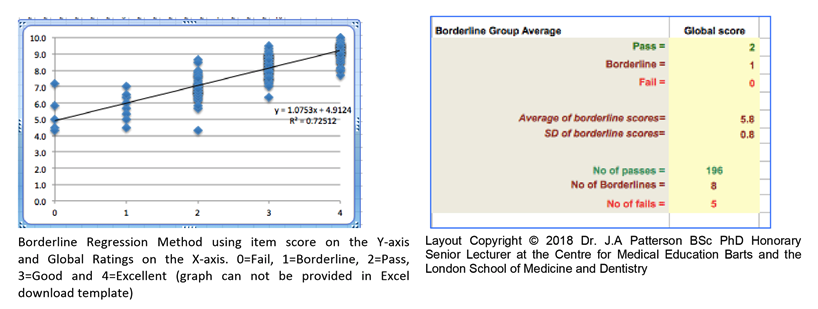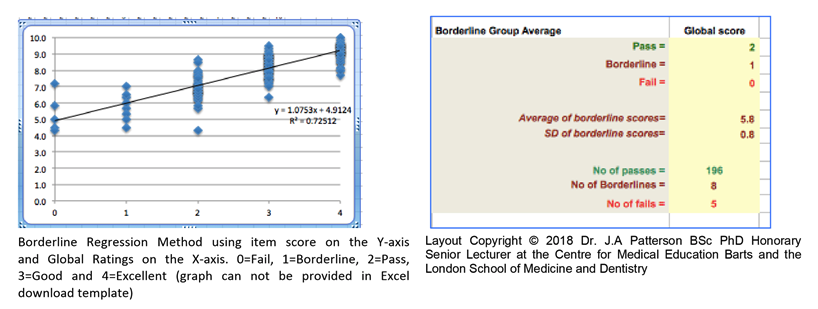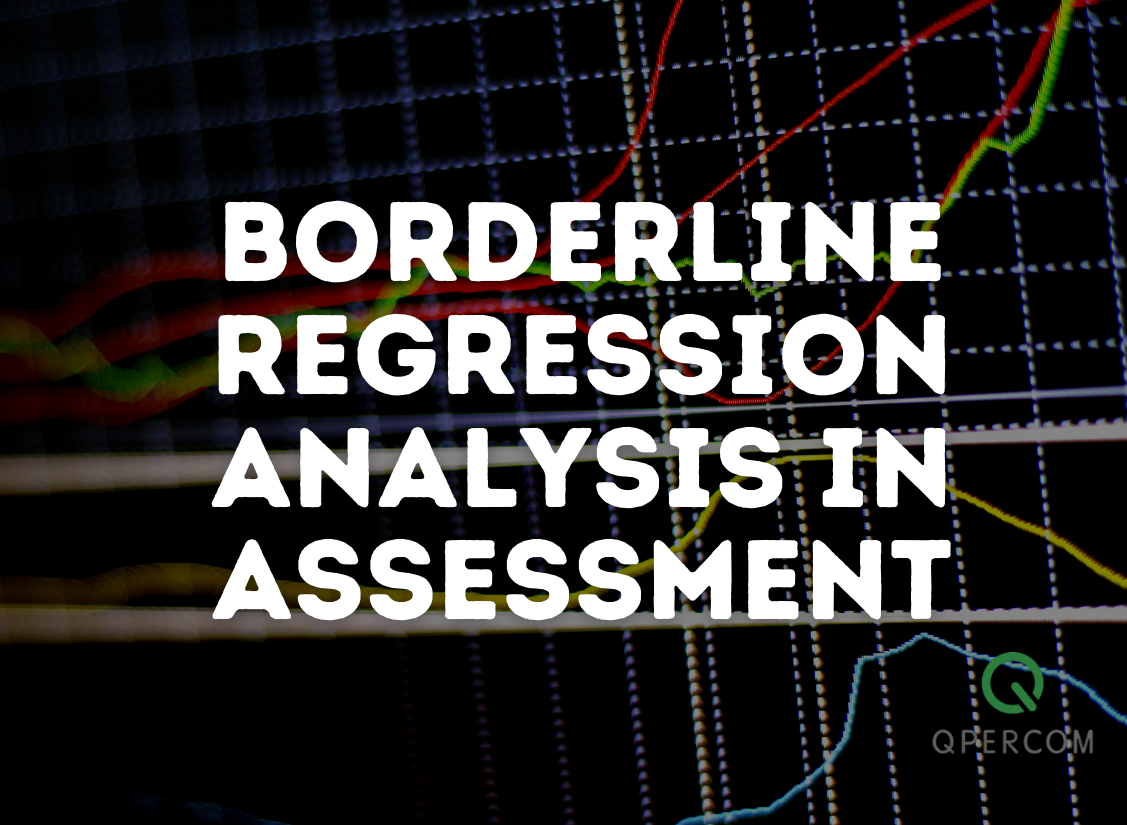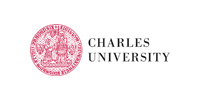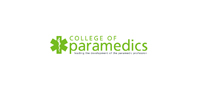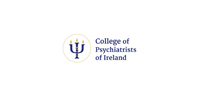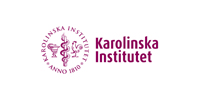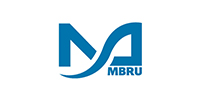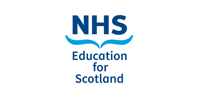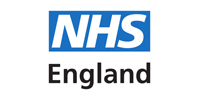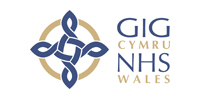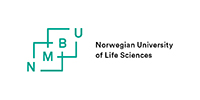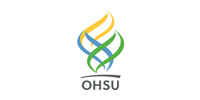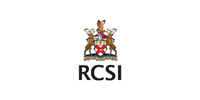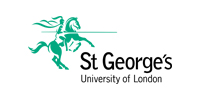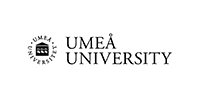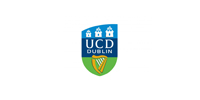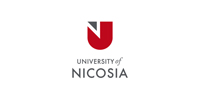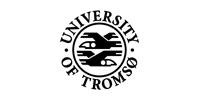The difference between Regression Method 1 and Regression Method 2 is the type of Global Rating Score (GRS) used. In Method 1, only 1 Borderline score (represented by 1) is used to mark candidates. In Method 2, scores for Borderline Fail (represented by 1) and Borderline Pass (represented by 2) are utilised. The cut-score in the latter case will be higher (6.53) than in Method 1 (5.99) as it is right in-between Borderline Pass and Borderline Fail (Homer, Pell, Fuller, & Patterson, 2016).
Standard setting procedures can be categorised as either exam-centered, in which the content of the test is reviewed by the expert judges (e.g., Angoff method), or examinee-centered, where expert decisions are based on the actual performance of the examinees, like in the BRM of Qpercom’s software.
The examiner rates the performance at each station by completing a checklist and a global rating scale. The checklist marks from all examinees at each station are then regressed on the attributed global rating scores, providing a linear equation. The global score representing borderline performance (e.g., 1 or 1 and 2 on the global performance rating scale) is substituted into the equation. This predicts the pass-fail cut-score for the checklist marks using the Forecast, method using the Intercept and 1 or 1.5 times the Slope of the Regression line.
References
Dwyer, T., Wright, S., Kulasegaram, K. M., Theodoropoulos, J., Chahal, J., Wasserstein, D., . . . OgilvieHarris, D. (2016). How to set the bar in competency-based medical education: standard setting after an Objective Structured Clinical Examination (OSCE). BMC Med Educ, 16, 1. doi:10.1186/s12909-015-0506-z
Meskell, P., Burke, E., Kropmans, T. J., Byrne, E., Setyonugroho, W., & Kennedy, K. M. (2015). Back to the future: An online OSCE Management Information System for nursing OSCEs. Nurse Educ Today, 35(11), 1091-1096. doi:10.1016/j.nedt.2015.06.010
Schoonheim-Klein, M., Muijtjens, A., Habets, L., Manogue, M., van der Vleuten, C., & van der Velden, U. (2009). Who will pass the dental OSCE? Comparison of the Angoff and the borderline regression standard setting methods. Eur J Dent Educ, 13(3), 162-171. doi:10.1111/j.16000579.2008.00568.x
Yousuf, N., Violato, C., & Zuberi, R. W. (2015). Standard Setting Methods for Pass/Fail Decisions on High-Stakes Objective Structured Clinical Examinations: A Validity Study. Teach Learn Med, 27(3), 280-291. doi:10.1080/10401334.2015.1044749
